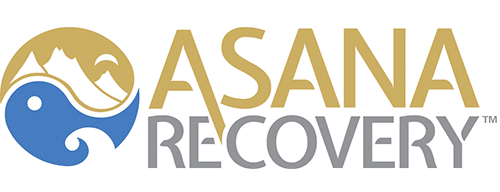Seeing someone overdose can be a terrifying experience. If you’ve never witnessed it before, you might not even be sure what’s happening. How can you be sure that the person isn’t just having a seizure? Should you try to help them, or is there a chance you might just make things worse? There are some signs of overdose that you can look for that are similar across the board, and depending on the type of drug the individual has taken, there might even be an antidote handy.
The signs of an overdose can vary according to the class of drug use. For a depressant overdose (heroin, fentanyl), the symptoms can include shallow breathing or not breathing at all, snoring or gurgling sounds, which can mean that a person’s airway is blocked, blue lips or fingertips, floppy arms and legs, no response to stimulus, disorientation, and unconsciousness. Overdose on stimulants, like amphetamines, results in chest pain, disorientation or confusion, severe headaches, seizures, high temperature with no sweating, difficulty breathing, agitation and paranoia, hallucinations, and unconsciousness. A person doesn’t have to exhibit all of these symptoms to be overdosing. You should seek emergency medical help even if only a few are present, especially chest pain, breathing difficulties, and seizures.
Once you’ve determined that someone might be overdosing, then what? You’ve probably heard of naloxone, which is a medication called an “opioid antagonist,” meaning it blocks the brain’s opioid receptors and restores normal breathing. It comes in both a nasal spray called Narcan and an auto-injector called Evzio. Depending on the state you live in, it might be available at a pharmacy without a prescription. The person you’re trying to help might even be carrying it, if they knew they were at risk for overdose. Naloxone only works on opioid overdoses, but if you aren’t sure what the patient has taken, it’s still safe to administer it because it doesn’t interact badly with alcohol or other drugs. Also, many drugs that are purchased on the streets these days have fentanyl mixed it, and the naloxone can at least counter the effects of that.
Whether you’ve administered naloxone or not, stay with the person and tell them everything will be okay. Try and get a response from them, and if you can’t, turn them on their side to keep them from choking if they should vomit. Do CPR if needed – if you don’t know how, a 911 operator can talk you through it. Keep an eye on them and make sure they don’t get worse or suddenly fall unconscious. If they’ve taken stimulants, they’ll probably be hot, so try to cool them down. Most importantly, call for an ambulance so a professional can properly diagnose and treat them.
If you or a loved one need help with quitting drugs or alcohol, consider Asana Recovery. We offer medical detox, along with both residential and outpatient programs, and you’ll be supervised by a highly trained staff of medical professionals, counselors, and therapists. Call us any time at (949) 438-4504 to get started.



